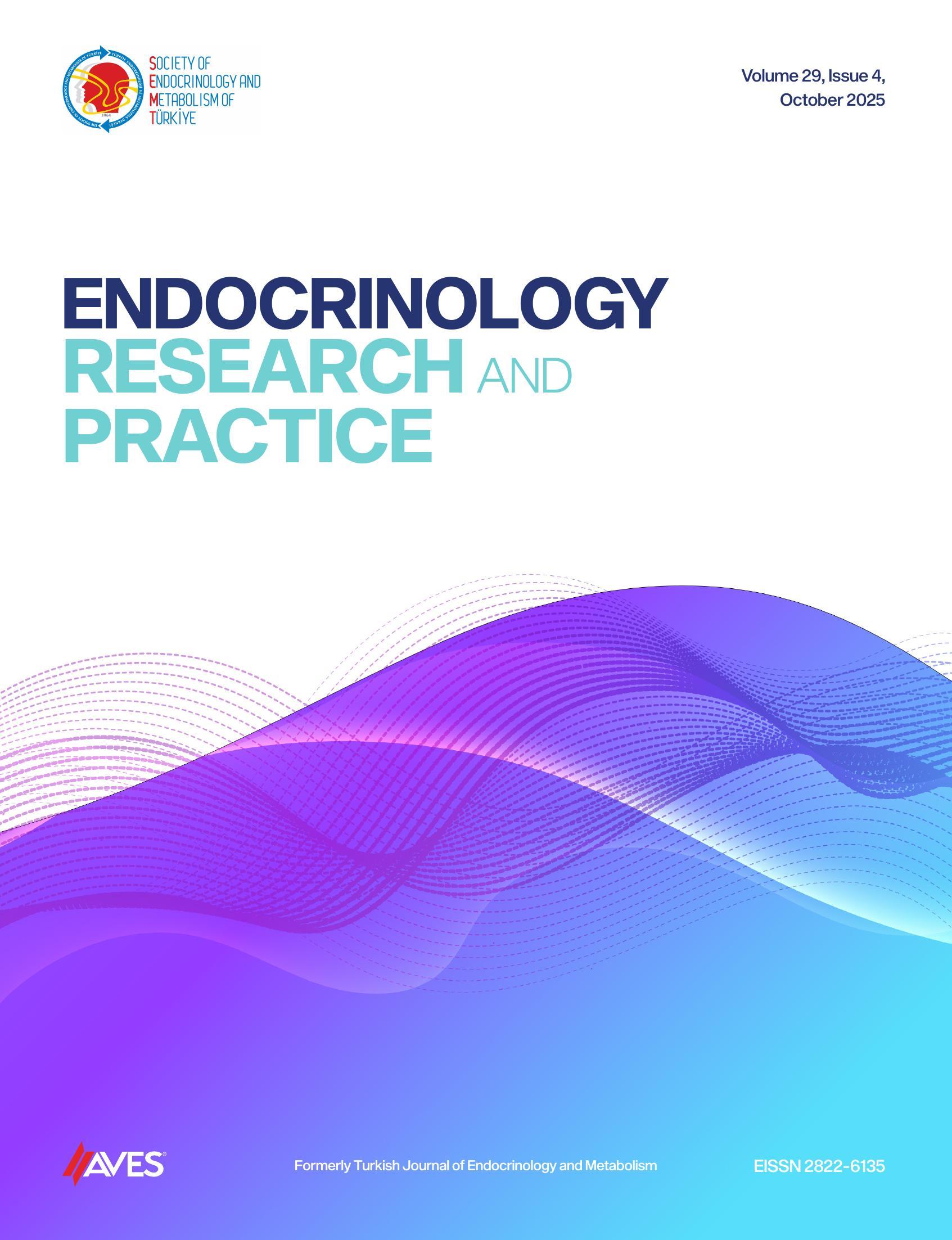ABSTRACT
The frequency of superficial fungal infections was investigated in 77 patients (24 males, 53 females) with type 2 diabetes mellitus admitted to the outpatient ward of the Endocrinology Department and in 77 (22 males, 55 females) healthy controls. The mean age of the diabetic patients and of the control group was found as 55.51±10.8 years and 55.53±10.3 years respectively. Fungal Infections were observed clinically in 71.4% of diabetic patients and it was confirmed in 55.8% of them by mycological examination. These ratios in the control group were 35.6% and 29.8% respectively. The difference between the two groups was statistically significant (p<0.05). The most common fungal infections in the diabetic group and the control group were tinea pedis+onychomycosis (32.5%) and tinea pedis (56.5%) respectively. There was no statistically significant correlation between the frequency of superficial fungal infections and the age, sex, body mass index, duration of diabetes and the level of HbA1c of diabetic patients. Also, no significant relation was observed between sex, body mass index and the frequency of infection in the control group. The present study shows that the frequency of superficial fungal infections in patients with diabetes mellitus is higher than in the normal population. There is no significant correlation between fungal infections and duration of diabetes, body mass index and HbA1c level.

-1(1).png)

.png)